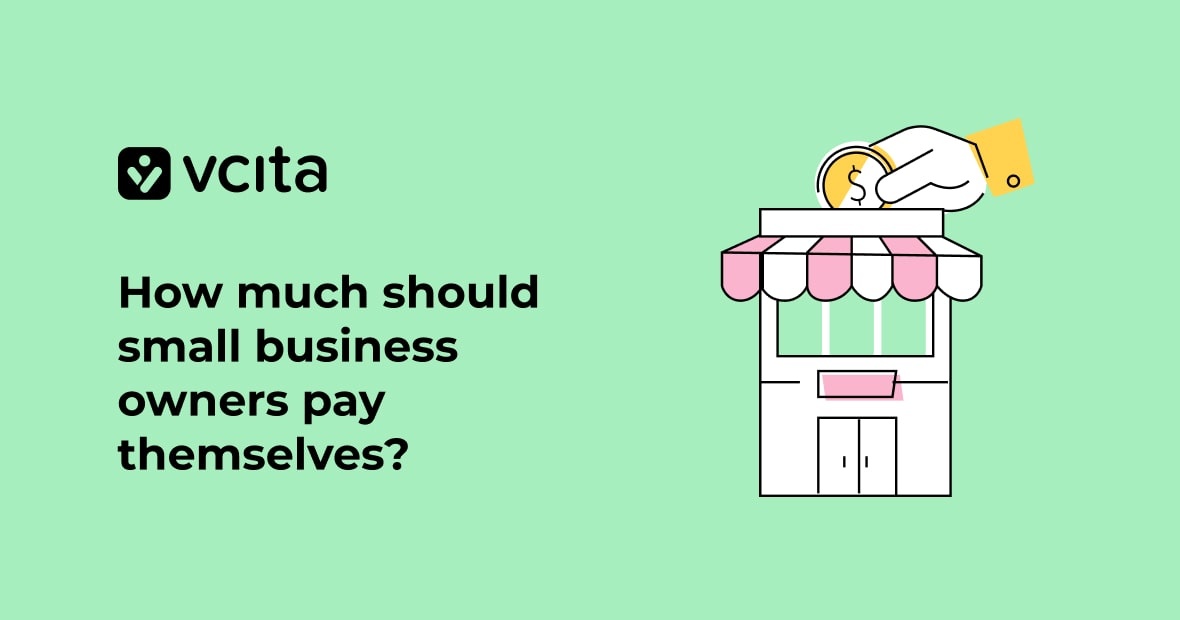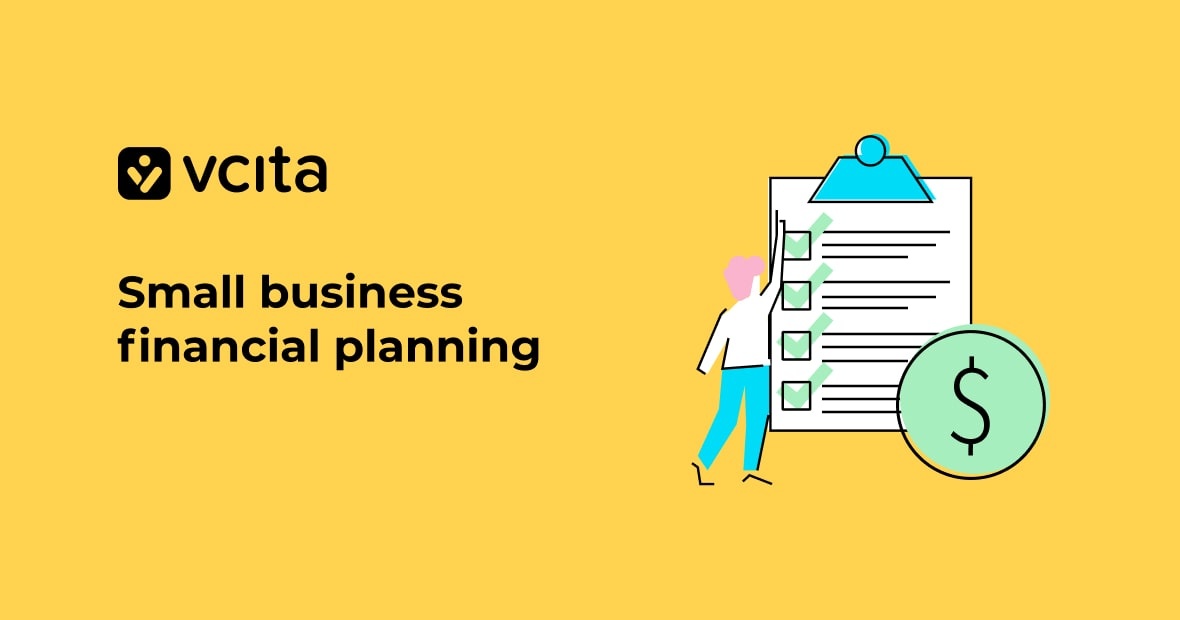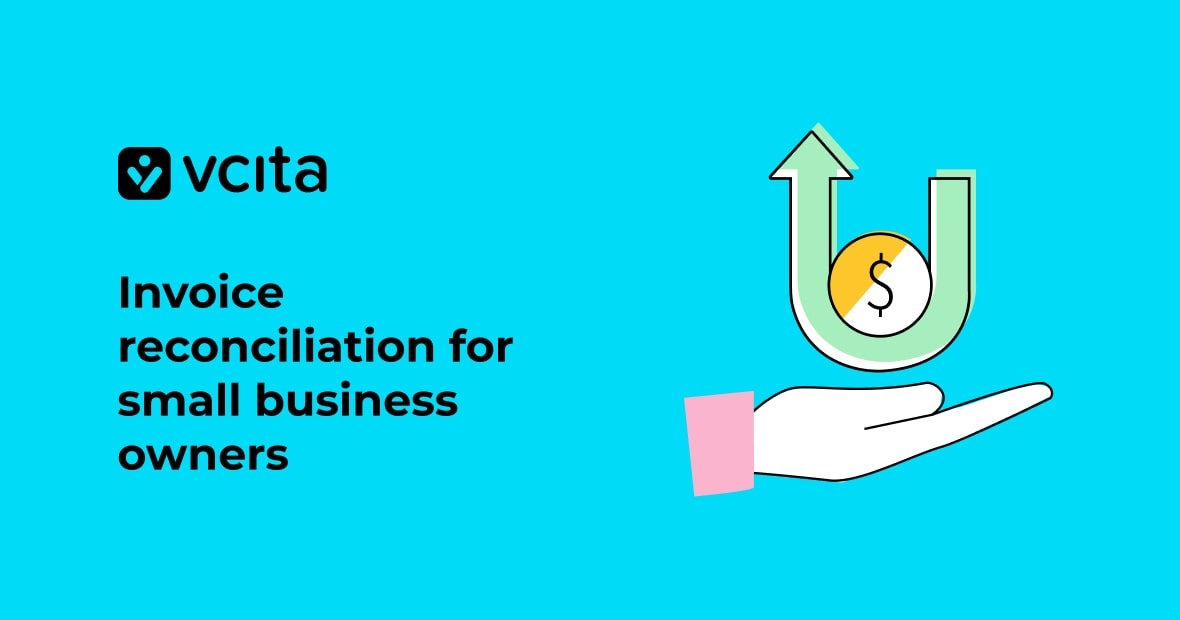If you’re a small business owner, paying yourself is often one of the hardest and last things you think about doing. Knowing how to pay yourself and when is a tricky part of running your business, however, it is also one of the more important aspects.
When it comes to paying yourself it’s important to consider all the crucial factors like taxes, the type of business you run, your time put in and more. In this article, we break down all you need to know to make the right decision about how to pay yourself.
Why pay yourself a salary?
Paying yourself is fundamental to your success and sustainability in the long-term. If you’re running on fumes, and constantly running out of money to pay your personal expenses, you begin to question if it’s even worth running a business. Your time is a valuable asset, compensate yourself for it.
In addition, if you don’t account for your salary, your books will never accurately reflect the health and status of your business operations. You won’t know how much your business is actually making because you’re not factoring in your own pay.
When can you start paying yourself?
Ultimately, you should start paying yourself as soon as your business begins to turn a profit. That means your revenue exceeds your expenses. Cutting back on expenses could help you start to get paid faster, and as soon as you become profitable, start factoring your salary into the mix. It could start small as you just begin your journey and grow as your business grows.
As your business grows, you can give yourself a raise and start to cover your time and expertise in the final number as well.
What is the average small business owner’s salary?
According to Payscale, the average salary for a small business owner is $62,644 a year, yet if this number doesn’t seem attractive enough to you, there are ways you can improve it. By getting to know your clients better and learning to identify upsell opportunities, or even updating your website to make it better for your clients to interact, you can find untouched income opportunities lying around.
5 Steps to paying yourself
1. Decide between owner’s draw or salary pay
Before you can get to the overall number, you first need to understand the basics of paying yourself. You have 2 high-level options to choose from:
- Owner’s Draw: This is when you draw money from your business profits as needed. If you draw up to the same amount as you put into the business, it’s known as owner’s equity. This method is flexible since you can draw depending on your performance as well as only as you need, however you’ll need to budget for taxes at the end of the year on your own.
- Salary: Pay yourself a regular salary just as you would any employee, and, most importantly, withhold taxes from your paycheck. If you’re an S-Corp, C-Corp or LLC, this is legally required. This method is stable and easy to manage in terms of budgeting and taxes for your business. Unfortunately, it’s not as flexible as Owner’s Draw.
2. Figure out how much to pay yourself
There are a few ways to figure out what your magic number is. If you are looking to pay yourself the bare minimum, figure out how much your expenses are and pay yourself enough to cover them. Then, as mentioned above, once your business grows, factor in a raise and pay yourself for your expertise and time.
If you’re looking for a salary that competes with others in the same industry as yours, you can take a look at sites like Glassdoor and compare salaries of others that have the same title and experience as you do.
Always make sure to factor taxes into your salary as they will take a chunk out and you want to plan for your net number not your gross.
3. Consider employee salaries
While planning and preparing to pay yourself, taking a look at your budget and business expenses is the best way to gain a full view of your business’s actual income. Employee salaries can be a large part of your budget and forgetting to account for their salaries might skew the numbers when you do the math to figure out how much to pay yourself.
4. Account for taxes and retirement
As already said, you have to account for taxes when you pay yourself, whether going with Salary or Owner’s Draw. Some financial advisors recommend you put aside 30% of your net profits for taxes, and 20-25% on retirement. Once you have set those aside, see how much you have left over to pay yourself.
Retirement is another way to set yourself up for success in the future and have your own back. Though it’s not a must, it is paying your future self for all the hard work you are doing now and allowing you to have a tax-free safety network for when you no longer want to or are able to work.
5. Figure out when to pay yourself
Many business owners prefer to pay themselves once a month or at the same time they pay their employees. Make sure you figure out whichever frequency works best for you and stick to it, don’t suddenly forget that it’s payday! Bonuses should be paid when your business is doing really well and remain at once a quarter, or once or twice a year.
How to handle paying yourself when business isn’t booming
In the slow months it could come into question whether you have the funds to pay yourself a full salary. You might still be waiting on payments from clients, or, as some small business owners experience during the holiday season, it might be a slow month. You still need to survive. Having funds set aside throughout the year, such as a business emergency fund, could help you get paid in full.
In addition, simplifying the payment process for your clients could help you get paid on time and stop having to experience slow months due to unpaid invoices. Offering various forms of payment including credit cards and online or mobile payments can really help ease the process and get you paid faster. Taking bigger deposits up front is another way to secure funds faster and more efficiently so that you’re never going without.





